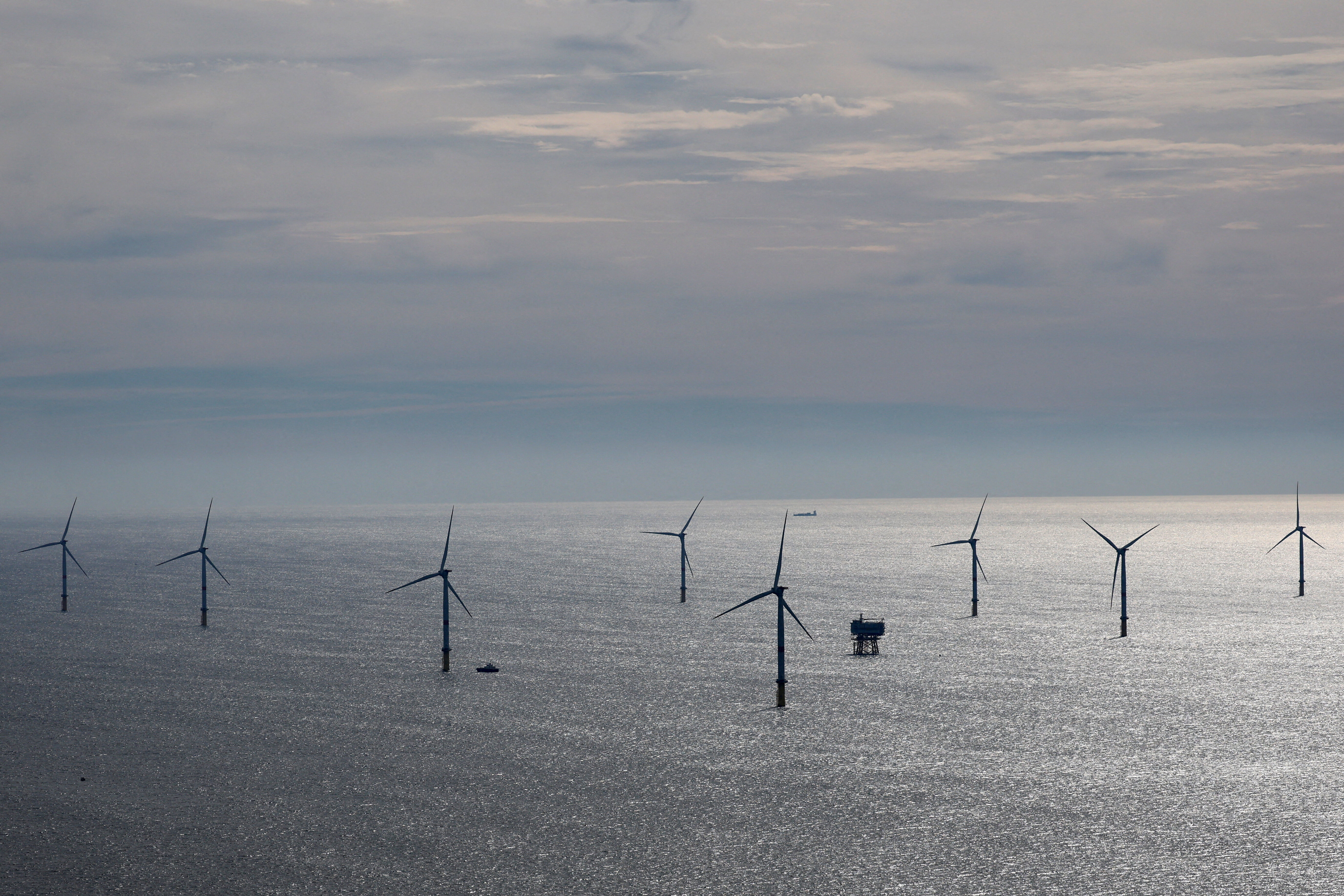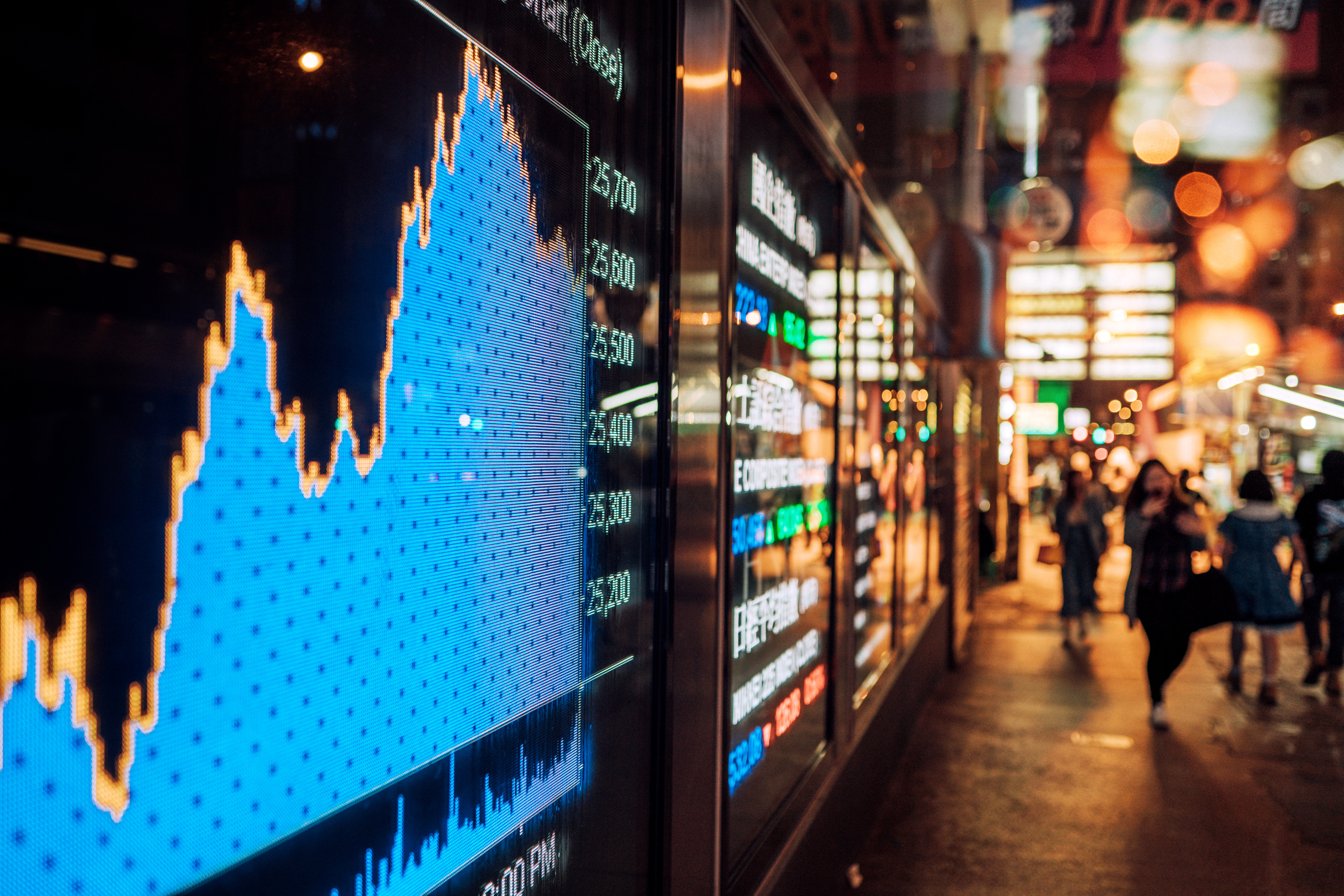How drones can help manage the world's food supply

The long-range capabilities of drones are a key to enabling precision agriculture that helps manage crop rotation; improve yields; spot diseases, insect infestation and other threats; and perform preventative maintenance such as pesticide deployment. Image: Delair
Drones are more than just cool-looking flying objects. Their real value lies in their ability to quickly and efficiently gather and analyze information on assets, geography, infrastructure, environmental trends and other important data that can be used to drive actional business insights.
So we have to ask: what could be more critical than information on the world’s food supply?
While agricultural and farming enterprises are relatively recent adopters of unmanned aerial vehicles (UAVs), the characteristics of drone data collection, such as easy transportability, real-time results and relatively low costs (compared to other data gathering options) lend themselves to frequent updates about very detailed plant conditions – as if walking in the field. Knowing the origin of a food product and obtaining proof that it adheres to quality and sustainability standards are two of the most vital pieces of information that consumers demand.
In response, agribusiness leaders are increasingly committed to running their businesses in a socially conscious and transparent manner, which includes protecting the environment, producing safe, healthy food and increasing operational efficiencies to conserve natural resources such as forest, water or soil. To gather and analyze the critical data required to achieve these goals, technology must be applied throughout the entire process—from field to fork.
A Boston Consulting Group survey of senior leaders at the world’s largest agribusiness companies found their top two priorities were big data and analytics, and food security and traceability. The costs and logistics involved with gathering and analyzing large volumes of agricultural data have been major obstacles to providing the same type of transparency consumers are accustomed to in other industries.
Drone provide proven ROI through digital twins of fields
The return on investment (ROI) of using drones in agriculture is helping remove traditional objections to costs. In fact, market forecasters are calling for 30%+ growth in drone sales in the agriculture sector, reaching $4.2Million by 2022. The growing use of drones throughout the food supply chain is making more detailed information available quickly and cost effectively.
Drones have already proven their value in the agriculture industry for gathering data about detailed land use (native forest, rivers, villages and more), but as well information on plants, such as plant health, the number of plants, chlorophyll content, plant height and many other factors. Now, with the added interest of consumers in sustainability and traceability of food, drones are serving in an expanded role. The raw data collected are analyzed and transformed into concrete recommendations in sectors as varied as plantation management, agricultural experimentation and seed production, crop monitoring, or product traceability.
As agribusinesses respond to consumer demands for transparency, they are gaining the trust of their customers. Companies are also acquiring knowledge that can be used to improve their business operations, so everyone wins.

One area where we have already seen a significant impact is in enterprises operating palm oil and rubber tree plantations in Africa in Asia. Here, UAVs can cover the vast distances needed to produce palm tree, and they can make sure that the producers meet the specific criteria intended to prevent deforestation and habitat destruction. Drone data provides proof of compliance with regulations, while collecting valuable crop information at the same time.
The economic value is real. For example, SIAT says the use of drones has cut its operational costs by half already, and allows them to focus on being environmentally responsible.
End-to-end supply chain transparency, although not a requirement today, will become an industry standard in the future. By leveraging the capabilities to gather and analyze information with drones, consumers will be able to scan a barcode to find out where their product was made and where the ingredients were sourced. If a product needs to be investigated for any reason, manufacturers will be able to find out who supplied the ingredients, who harvested the crops and what was happening in the field to cause the problem.
This level of detail will support efforts to improve food security, traceability and sustainability, and benefit both businesses and consumers.
Don't miss any update on this topic
Create a free account and access your personalized content collection with our latest publications and analyses.
License and Republishing
World Economic Forum articles may be republished in accordance with the Creative Commons Attribution-NonCommercial-NoDerivatives 4.0 International Public License, and in accordance with our Terms of Use.
The views expressed in this article are those of the author alone and not the World Economic Forum.
Stay up to date:
Drones
Forum Stories newsletter
Bringing you weekly curated insights and analysis on the global issues that matter.
More on Sustainable DevelopmentSee all
Dr Gideon Lapidoth and Madeleine North
November 17, 2025








